The beautiful phenomenon allows for new and exciting research opportunities in the fields of Optics and Optofluidics
A team of researchers from the Technion – Israel Institute of Technology has observed branched flow of light for the very first time. The findings are published in Nature and are featured on the cover of that journal’s July 2, 2020 issue.
The study was carried out by Ph.D. student Anatoly (Tolik) Patsyk, in collaboration with Miguel A. Bandres, who was a postdoctoral fellow at Technion when the project started and is now an Assistant Professor at CREOL, College of Optics and Photonics, University of Central Florida. The research was led by Technion President Professor Uri Sivan and Distinguished Professor Mordechai (Moti) Segev of the Technion’s Physics and Electrical Engineering Faculties, the Solid State Institute, and the Russell Berrie Nanotechnology Institute.
When waves travel through landscapes that contain disturbances, they naturally scatter, often in all directions. Scattering of light is a natural phenomenon, found in many places in nature. For example, scattering of light is the reason for the blue color of the sky. As it turns out, when the length over which disturbances vary is much larger than the wavelength, the wave scatters in an unusual fashion: it forms channels (branches) of enhanced intensity that continue to divide, or branch out, as the wave propagates. This phenomenon is known as branched flow. It was first observed in 2001 with electrons, and had been suggested to be ubiquitous and occur also for all waves in nature, for example sound waves and even ocean waves. Now, Technion researchers are bringing branched flow to the domain of light: they have made an experimental observation of branched flow of light.
“We always had the intention of finding something new, and we were eager to find it. It was not what we started looking for, but we kept looking and we found something far better,” said Asst. Prof. Miguel Bandres. “We are familiar with the fact that waves spread when they propagate in a homogeneous medium. But for other kinds of mediums, waves can behave in very different ways. When we have a disordered medium where the variations are smooth, like a landscape of mountains and valleys, the waves will propagate in a peculiar way. They will form channels that keep dividing as the wave propagates, forming a beautiful pattern resembling the branches of a tree.”
In their research, the team coupled a laser beam to a soap membrane, which contains random variations in membrane thickness. They discovered that when light propagates within the soap film, rather than being scattered, the light forms elongated branches, creating the branched flow phenomenon for light.
“In optics we usually work hard to make light stay focused and propagate as a collimated beam, but here the surprise is that the random structure of the soap film naturally caused the light to stay focused. It is another one of nature’s surprises,” said Tolik Patsyk.
The ability to create branched flow in the field of optics offers new and exciting opportunities for investigating and understanding this universal wave phenomenon.
“There is nothing more exciting than discovering something new and this is the first demonstration of this phenomenon with light waves,” said Technion President Prof. Uri Sivan, the Bertoldo Badler Academic Chairholder in the Faculty of Physics. “This goes to show that intriguing phenomena can also be observed in simple systems and one just has to be perceptive enough to uncover them. As such, bringing together and combining the views of researchers from different backgrounds and disciplines has led to some truly interesting insights.”
“The fact that we observe it with light waves opens remarkable new possibilities for research, starting with the fact that we can characterize the medium in which light propagates to very high precision and the fact that we can also follow those branches accurately and study their properties,” he added.
Distinguished Prof. Moti Segev, the Robert J. Shillman Distinguished Professor of Physics and Electrical Engineering, looks to the future. “I always educate my team to think beyond the horizon,” he said, “to think about something new, and at the same time – to look at the experimental facts as they are, rather than try to adapt the experiments to meet some expected behavior. Here, Tolik was trying to measure something completely different, and was surprised to see these light branches which he could not initially explain. He asked Miguel to join in the experiments, and together they upgraded the experiments considerably – to the level they could isolate the physics involved. That is when we started to understand what we see. It took more than a year until we understood that what we have is the strange phenomenon of “branched flow,” which at the time was never considered in the context of light waves. Now, with this observation – we can think of a plethora of new ideas. For example, using these light branches to control the fluidic flow in liquid, or to combine the soap with fluorescent material and cause the branches to become little lasers. Or to use the soap membranes as a platform for exploring fundamentals of waves, such as the transitions from ordinary scattering which is always diffusive, to branched flow, and subsequently to Anderson localization. There are many ways to continue this pioneering study. As we did many times in the past, we would like to boldly go where no one has gone before.”
The project is now continuing in the laboratories of Profs. Segev and Sivan at Technion, and in parallel in the newly established lab of Prof. Miguel Bandres at UCF.
Reference: “Observation of branched flow of light” by Anatoly Patsyk, Uri Sivan, Mordechai Segev and Miguel A. Bandres, 1 July 2020, Nature.
DOI: 10.1038/s41586-020-2376-8
For more than a century, the Technion – Israel Institute of Technology has pioneered in science and technology education and delivered world-changing impact. Proudly a global university, the Technion has long leveraged boundary-crossing collaborations to advance breakthrough research and technologies. Now with a presence in three countries, the Technion will prepare the next generation of global innovators. Technion people, ideas and inventions make immeasurable contributions to the world, innovating in fields from cancer research and sustainable energy to quantum computing and computer science to do good around the world.
The American Technion Society supports visionary education and world-changing impact through the Technion – Israel Institute of Technology. Based in New York City, we represent thousands of US donors, alumni and stakeholders who invest in the Technion’s growth and innovation to advance critical research and technologies that serve the State of Israel and the global good. Over more than 75 years, our nationwide supporter network has funded new Technion scholarships, research, labs, and facilities that have helped deliver world-changing contributions and extend Technion education to campuses in three countries.

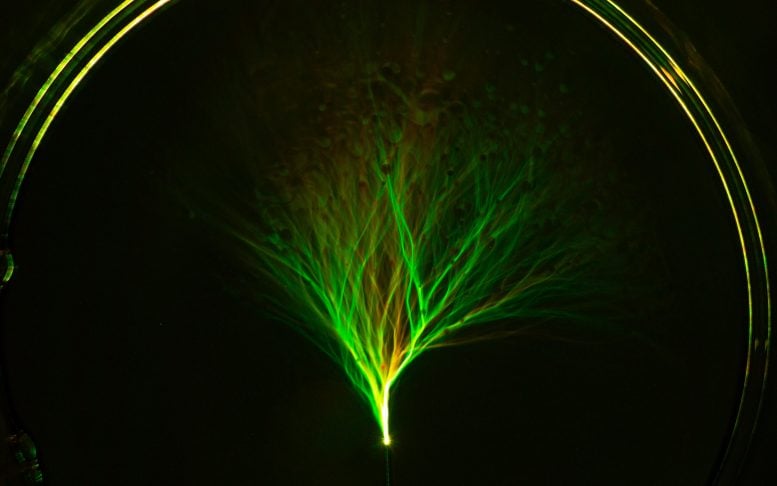
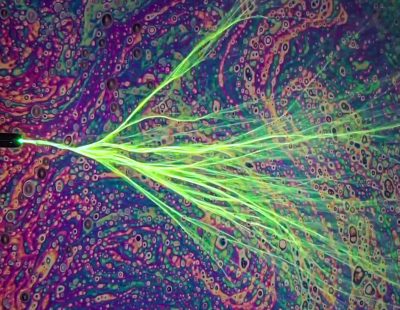
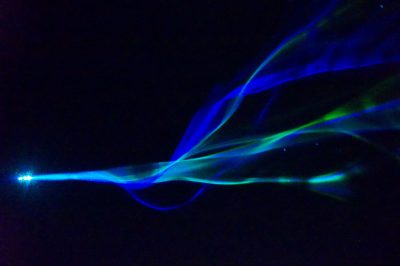
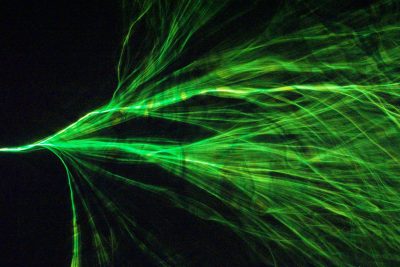
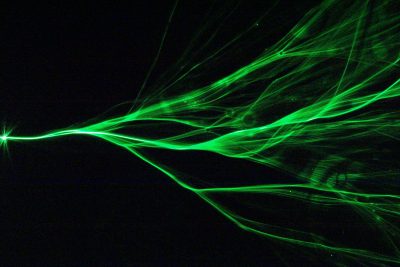
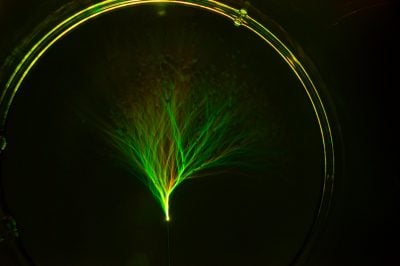

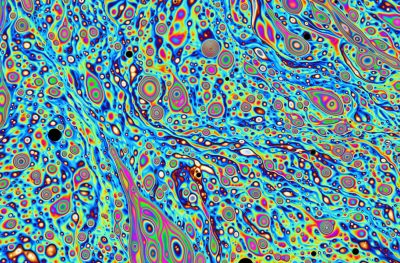
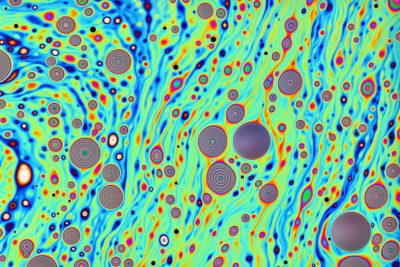

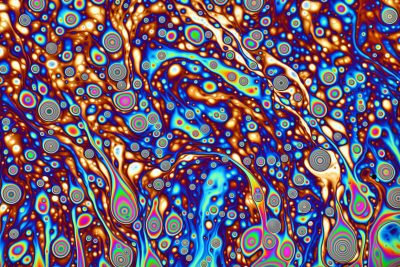
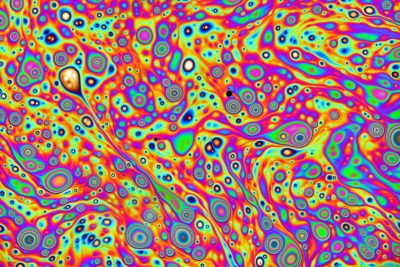
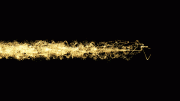

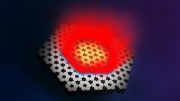
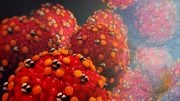




A very well created story. Good information density without repellent excesses. Written for the intelligent without presumption sometimes seen. Thank you for your skillful skating along a very sharp edge and leaving without a scratch! Huzzah!! Huzzah!!
I read your findings and
I know nothing about what you described however when I saw your pictures I recognized I See the space between the space and I saw
All the different shapes in
An outline no color but moving like falling rain.oh well nice puzzle piece.thank you for your gift of clarity and wisdom
Namaste 🙏 a mom’s energy.